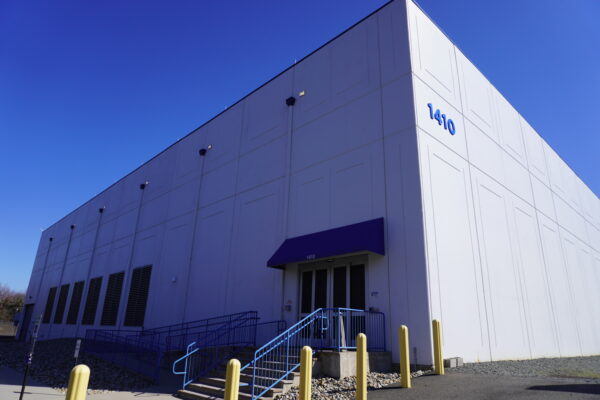
Bloomberg TV: Undersea Cables at NJFX
Red Sea conflict threatens Key Internet Cables. Maritime attacks complicate repairs on underwater cables that carry the world’s web traffic.
Secure Connectivity Options Allow Carriers a Way to ‘Breakout’ at NJFX New Jersey Data Center and Bypass Legacy Choke Points
October 24, 2017
WALL, NJ – NJFX, the first and only colocation campus to sit at a cable landing station in the U.S and offer Tier 3, carrier neutral data center capabilities, announces a new, direct way for carriers to reach the United States via the TGN-A and Seabras-1 cable systems. NJFX customers can reach these strategic subsea cables via secure Network to Network Interfaces (NNI) at NJFX’s New Jersey colocation campus. The NNIs contribute to guarantee increased performance, reliability and route diversity.
The breakout capabilities also allow carriers, service providers, content companies and enterprises high capacity, while eliminating traditional points of failure when providing US-Europe, US-Brazil, US-Asia connectivity. TGN-1 & 2 cables are submarine cable systems connecting Highbridge UK to Wall, New Jersey. U.S. Seabras-1 is a 10,500-km fiber optic cable that connects Sao Paulo, Brazil to the U.S. It offers connectivity to financial markets and other Latin America enterprises and bypasses the Atlantic hurricane zone.
“Our new breakout capability allows carriers to use these subsea systems to reach the U.S. and bypass traditional routes that have multiple hops,” states Gil Santaliz, NJFX Founder and Chief Executive Officer. “This is crucial not only to reduce latency, but also in terms of increasing reliability and disaster recovery options. You only have to look to recent hurricanes to see that for communications hubs, one disruption in the chain could mean disruption in financial transactions, communications and connectivity to South America.”
“Customers at NJFX with the most stringent latency and diversification requirements, and who need higher reliability, can now enjoy direct advanced connectivity solutions to Brazil and beyond through Sparkle’s Seabras-1 capabilities,” says Federico Porri, CTO at Sparkle Americas. “As we are constantly working to provide more value and secure diversity options for our customers, we are happy to partner with NJFX, a company that provides a very reliable and flexible environment with great backhaul partners.”
NJFX offers backhaul options to strategic locations across the United States through carriers including Comcast, Cross River Fiber, Epsilon, Lightower Fiber Networks, Sparkle, Telia Carrier, Windstream, and Zayo – all with no recurring interconnection fee, for direct connectivity to over 50,000 buildings.
For more information on the NJFX colocation campus, visit www.njfx.net.
###
About NJFX:
NJFX is a Tier 3 Carrier Neutral Cable Landing Station campus. Our colocation ecosystem has expanded to over 35 network operators offering flexibility, reliability, and security. Our Wall, NJ location provides direct access to multiple subsea cable systems giving our carriers diverse connectivity solutions and offers direct interconnection without recurring cross-connect fees.

Red Sea conflict threatens Key Internet Cables. Maritime attacks complicate repairs on underwater cables that carry the world’s web traffic.
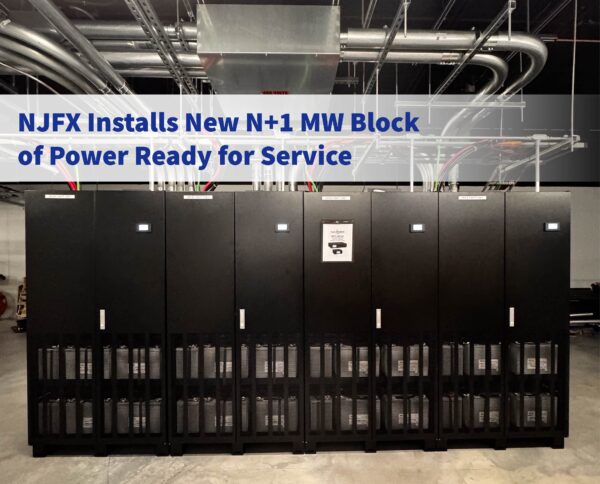
Red Sea conflict threatens Key Internet Cables. Maritime attacks complicate repairs on underwater cables that carry the world’s web traffic.
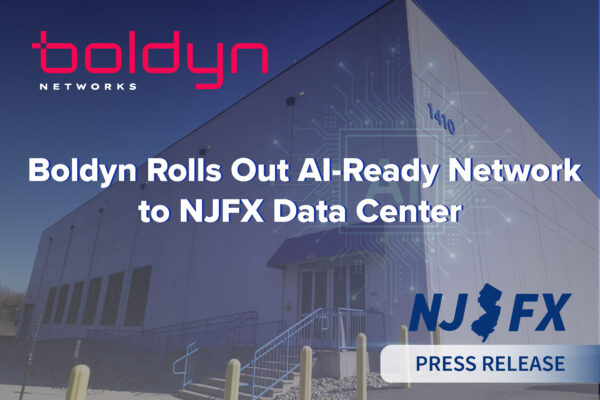
Red Sea conflict threatens Key Internet Cables. Maritime attacks complicate repairs on underwater cables that carry the world’s web traffic.
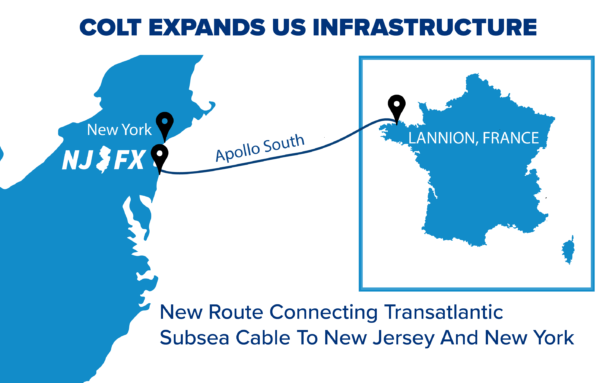
Red Sea conflict threatens Key Internet Cables. Maritime attacks complicate repairs on underwater cables that carry the world’s web traffic.
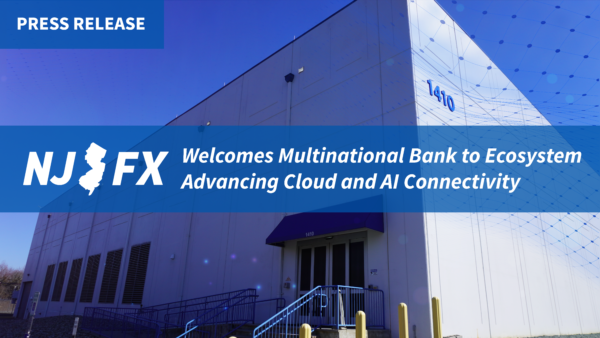
Red Sea conflict threatens Key Internet Cables. Maritime attacks complicate repairs on underwater cables that carry the world’s web traffic.
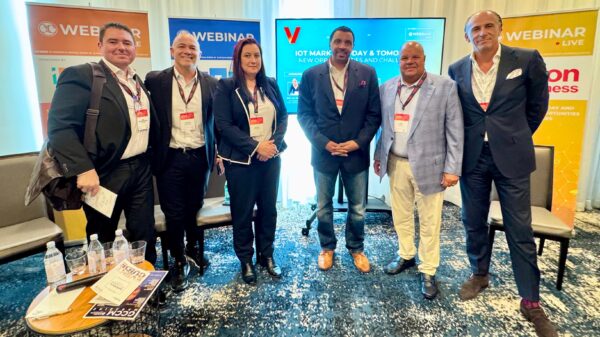
Red Sea conflict threatens Key Internet Cables. Maritime attacks complicate repairs on underwater cables that carry the world’s web traffic.

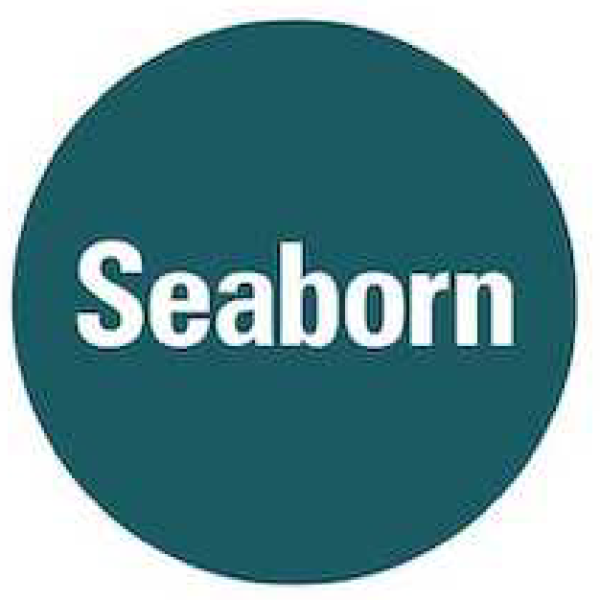
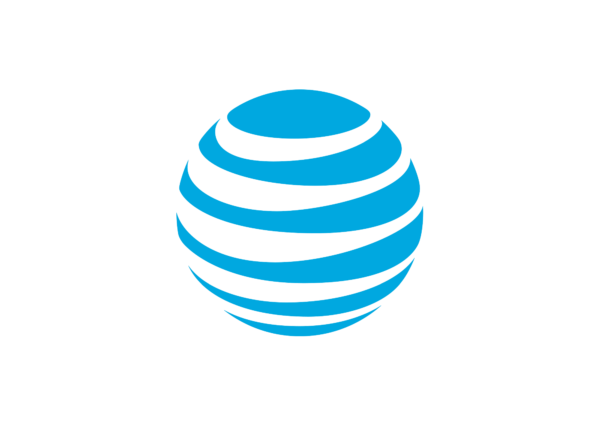
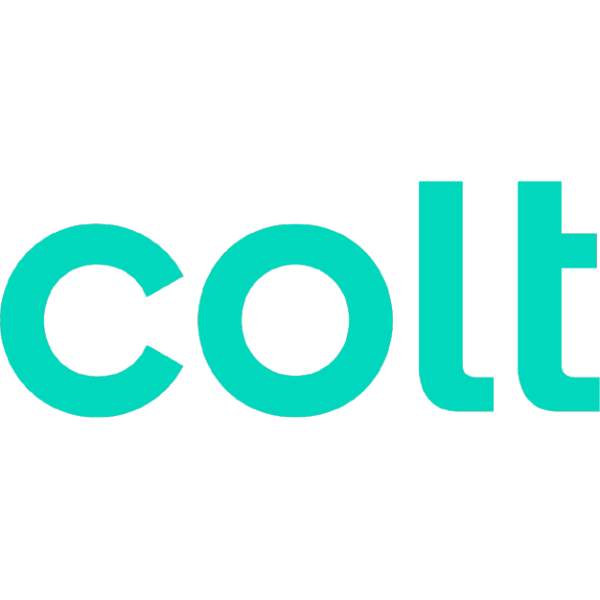





Experience the flexibility, reliability, and security yourself
